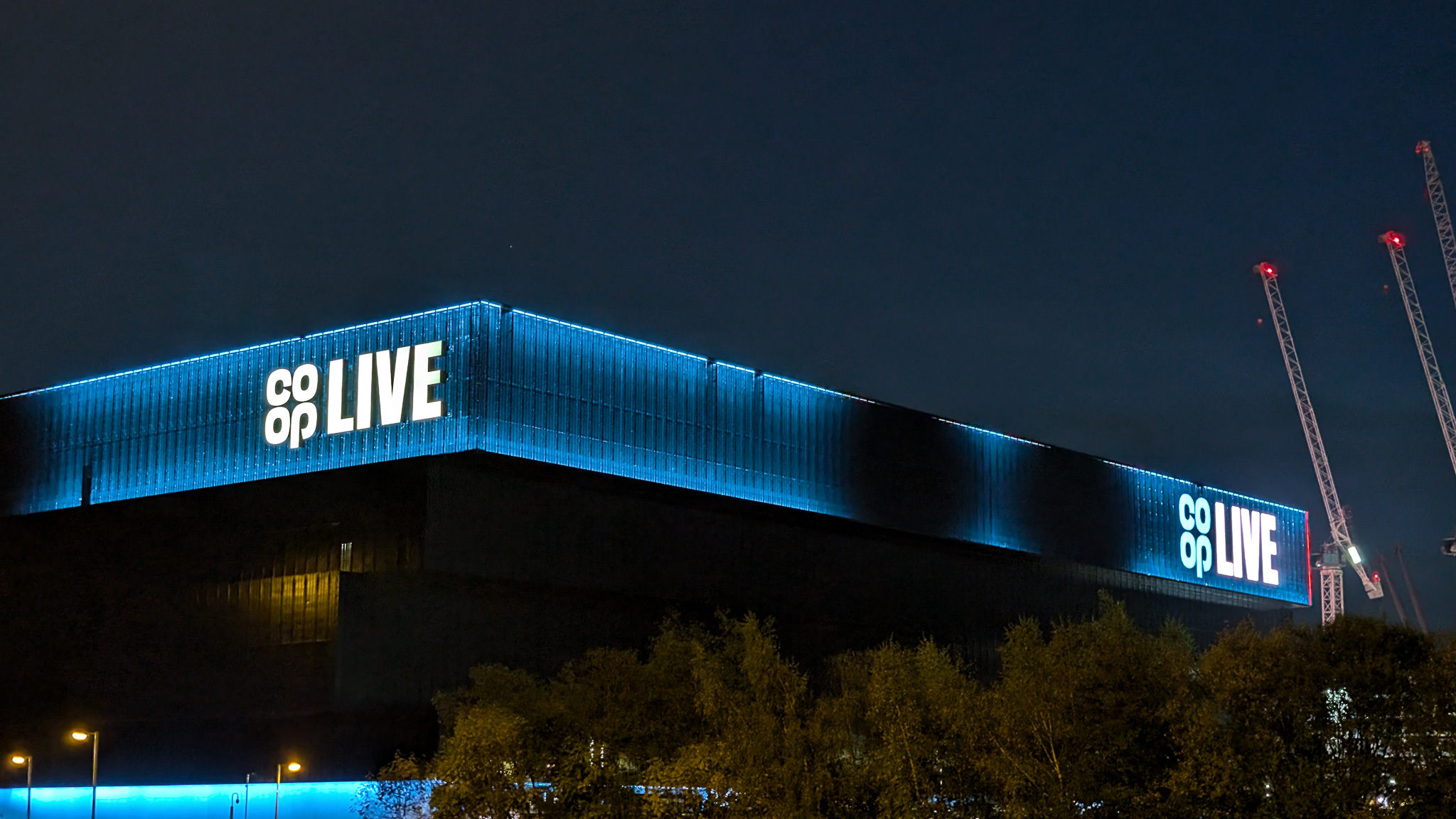Insights

26/05/2025
Let’s talk about false harmony. You know the type of meeting, the one that looks calm on the surface but leaves you frustrated, drained, and somehow no further forward. Everyone’s polite. Everyone nods. But no one really says what they think. No challenge. No progress. Just “smile and wave.”
We see this kind of dynamic all the time… in teams, projects, and even leadership groups. It feels like collaboration. But in reality, it’s something far more dangerous:
It’s dysfunction dressed up as unity.

The problem with 'nice' teams
Here’s the paradox:
The absence of conflict doesn’t mean high performance. It usually means the opposite.
In fact, false harmony is often a sign of deep dysfunction. It creates a culture where issues are buried, real opinions are withheld, and decisions are diluted into safe mediocrity.
It’s no different from relationships where “we never argue” is seen as a badge of honour, right up until the point where everything explodes.
Why?
Because unspoken tension doesn’t disappear. It builds.
And when it finally surfaces, it often does so in the worst possible way – reactive, personal, and damaging.

The two (broken) ways we handle conflict
In 30+ years of working with teams, we’ve seen two common and equally ineffective ways conflict is handled:
- Avoid it completely: pretend it’s not there, stay polite, prioritise harmony over honesty.
- Let it get personal: when tension finally boils over, it turns into blame, judgement and relationships get damaged.
Both lead to dysfunction. One is quieter than the other, but just as destructive.

So what does healty conflict look like?
Enter Patrick Lencioni and The 5 Dysfunctions of a Team, a book we often reference at Advance. If you’ve not read it - add it your list.
Lencioni argues that high-performing teams don’t avoid conflict, they embrace it.
But they focus that conflict on the issue, not the individual.
It’s passionate debate, rooted in trust.
It’s challenge without judgment.
It’s saying the thing in the room that needs to be said, and being confident your team has your back.
But here’s the catch: that kind of conflict only happens when trust is present.

The role of trust (and why it starts with leaders)
Without trust, people don’t speak up.
Without psychological safety, they don’t challenge.
Without vulnerability, feedback doesn’t land.
Trust isn’t a buzzword, it’s the foundation of every difficult conversation your team needs to have but might be avoiding.
And trust doesn’t just appear. It has to be modelled, especially by leaders. That means:
- Admitting mistakes
- Being open about uncertainty
- Welcoming challenge
- Holding yourself accountable
Only then can teams move from “smile and wave” to meaningful, productive conversations, even when they’re uncomfortable.

Disagreement isn’t dysfunction
Let’s stop treating tension as a threat.
Disagreement doesn’t derail performance, it drives it, when handled with maturity and trust.
False harmony feels safe. But it’s not.
The teams that perform best aren’t the ones that agree all the time.
They’re the ones that care enough, and trust enough, to disagree well.

Insights
The Professional Collaboration Series: Blog 5 of 8: The Licence Problem, Part 2: How Your Systems Silence Dissent (Without Anyone Noticing)

Insights
The Professional Collaboration Series: Blog 4 of 8: The Licence Problem, Part 1: Why Structure Determines Who Can Challenge Whom

Insights
The Professional Collaboration Series: Blog 3 of 8: The Courage Deficit: Why Knowing What to Say Isn't Enough

Insights
The Professional Collaboration Series: Blog 2 of 8: The Three Dimensions That Make Disagreement Work (or Fail)

Insights
The Professional Collaboration Series: Blog 1 of 8: The Three Hidden Reasons Disagreement Fails in Complex Environments

Insights
Community Rail Conference: A Celebration of Collaboration and Passion

Insights
Building Foundations: Advance's Canadian Infrastructure Journey Takes Shape

Insights
The SDG Integration Opportunity: From Parallel Progress to Connected Impact

Insights
Mental Health Doesn’t Take a Day Off – and Neither Should We

Insights
Why Big Infrastructure Projects Are Struggling with Biodiversity Net Gain (And How Better Collaboration Could Change Everything)

Insights
What I Hope to Bring to the Advance Party

Insights
The Deeper Story Behind Our Numbers

Insights
Advance Joins SME Alliance Partners on UK Government’s CCS Management Consultancy Framework Four (MCF4)

Insights
From Ashes to Grid: How Power Maxed Racing Redefined What's Possible in Five Days

Insights
The skills revolution is here. Are we ready for what comes next?

Insights
Beyond “That’s Really Good”

Insights
What the UK’s Infrastructure challenges reveal about strategic leadership

Insights
A new way to map your leadership team.

Insights
Building ‘What If?’ Cultures

Insights
You don’t become a leader when you get a job title.

Insights
Kindness > Capability (And here’s the data to prove it)

Insights
What no one’s telling high performers about burnout…

Insights
The question you should be asking…

Insights
Energy for Impact

Insights
Advance Consultancy Partners with Community Rail Network to Drive Sustainable Development

Insights
Are you Keane on Teamwork?

Insights
Real People, Real Impact: The Essence of Social Value

Insights
Advance's B Corp Journey to Certification

Insights
MVP or... MVP…

Insights
One Blog a Year (OK, maybe two..) like this will see me right

Insights
My First "6 Weeks" in Advance

Insights
One Blog a Year like this will see me right

Insights
Biting the Bullet

Insights
The Problem with Mergers …

Insights
The Start of Advance's Sustainability Journey

Insights
Skills for the Next Quarter Century

Insights
The Advance Reading List – Part 1

Insights
What has Colin the Caterpillar got to do with leadership development? (Learn2Develop - Part 2)

Insights
When Greta met Russell … becoming a reluctant leader

Insights
Trust & Productivity – the Private Sector Construction Playbook

Insights
What has Sustainability ever done for us?

Insights
We’re really not that clever…

Insights
Learn 2 Develop – Part 1 by Al Simmonite

Insights
What’s in a name? Moving from Respect-Challenge-Deliver to Challenge-Support-Evolve

Insights
A tough Week, or was it?

Insights
Paradoxes & The Advance Consultancy

Insights
The importance of heritage

Insights
DOs and DON’Ts of Returning to Work post Lockdown - A Leadership Perspective

Insights
Been there, done it… lost the T-shirt?

Insights